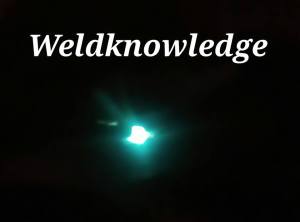Research on the improvement of welding productivity through application of higher density of welding current as well as compound gas shielding resulted in new variant of metal active gas welding, called T.I.M.E (Transferred Ionized Molten Energy). Factors which determine high process productivity are the high current density and four-component Ar-He-CO2-O2 shielding mixture of precisely chosen composition (depending on the welded material grade, e.g. for mild steels: 65% Ar + 26,6% He + 8% CO2 + 0,5% O2). The process conducted with high current density and welding speed is flexible and allows for three methods of metal transfer as a result of alteration of the wire feeding speed:
- short arc – wire feed speed up to approximately 8 m/min (arc voltage 16-23.5 V),
- direct spray arc – wire feed speed up to approximately 25 m/min (arc voltage 28-46 V),
- Rotational spray arc – wire feed speed up to approximately 30-40 m/min (arc voltage 47-56 V).

For each method of metal transfer spatter does not exceed 2%, the level of weld metal oxidation is also low. Rotational character of metal transfer ensures that fusion is wide and flat, which provides uniform penetration into the joints walls, especially in fillet welds production. For wire feeding in the range of 20 to 25 m/min it is possible to acquire the deposition efficiency of 10-15 kg/h and for higher values even 26-27 kg/h. Below shown configuration is for 6 mm thick plate.
The productivity of T.I.M.E. process has been shown in the form of deposition and surfacing rates for wide range of parameters with calculated losses for spatter. These losses are lower than in MIG/MAG, which helps to eliminate post-weld cleaning and improves significantly the welding productivity.
Reference: Innovations in arc welding
Keep reading, happy welding
Thank you
KP Bhatt
